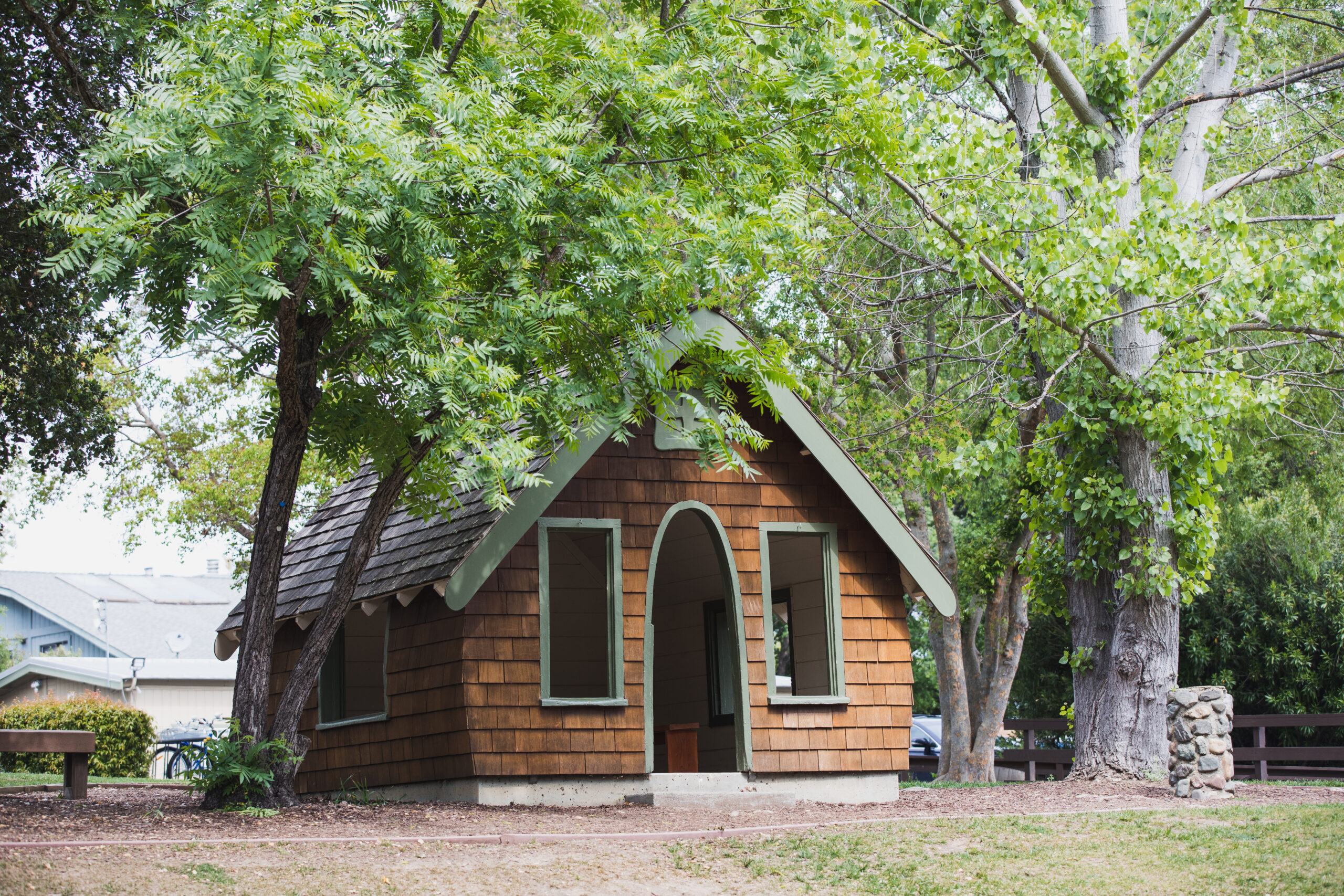Recently, I added a rolling white board to my office. Look around the school, and you’ll quickly discover I’m not the only one who has fallen for this must-have item. A number of administrators have added white boards or the equivalent in their offices, and many teachers are clamoring for additional white boards in their classrooms.
The trend is not new, per se, although I’ve noticed an acceleration of requests and an increase in usage over the last year. The white board represents an interesting intersection between the technological and analog worlds. There is nothing high tech about the white board itself, of course, with its focus on colored pens and sticky notes. It is, after all, simply a gradual improvement over the chalk boards that have been in schools for more than a hundred years.
Yet while not necessarily an innovative technology in and of itself, the white board has quickly become a tool of choice for innovation, collaboration and problem solving. Watch a group of students engaged in a group project in the iLab, and you will quickly see them take advantage of the ubiquitous white board space on the tables and walls to jot down a design or idea to share with their partners. Brainstorming as part of a design thinking process at a faculty meeting? Roll in the white boards and watch the sticky notes quickly cover the board. Trying to organize, analyze, and prioritize thoughts during a collaborative meeting? Never fear, the white board is near.
Of course, the white board does not operate in isolation. Sticky notes of all shapes and sizes are arguably one of the greatest inventions of the last half century, and the skillful use of colored pens is quickly becoming a new core competency for anyone facilitating a group of students or adults.
Ultimately, the white board is really a representation of a broader trend happening at Hillbrook, the careful consideration and exploration of space, how we use it, and how it impacts student learning. The trend started with the arrival of the iPads four years ago and the recognition that mobile technologies open up increased flexibility in how we structure and use classroom space. We said good-bye to the antiquated and inflexible computer lab, and replaced it with the iLab, an innovative and agile space that encouraged collaboration, problem solving, and generative thinking. This year the iLab space has continued to evolve, serving as a prototype Makers Space, an interactive tinkering space that emphasizes engineering, design, and problem solving. The space beautifully integrates leading edge technology – a laser cutter and 3-d printer, for example – with decidedly low-tech bins of material and, of course, the ever-present white boards.
The conversation is not only happening in the iLab. Visit our kindergarten and you will see how our three Kindergarten teachers have spent considerable time and thought organizing the classroom to match the learning goals they are seeking to achieve. Wander across the bridge, and you will see multiple middle school classrooms have undergone makeovers. Inspired by what they saw and experienced in the iLab last year, several middle school teachers have installed movable chairs, tables, and, of course, white board surfaces on walls and tables. All of these teachers are continuing to explore how an agile classroom increases student engagement and ownership of their own education. Director of Technology and Strategic Partnerships on Orth co-wrote an article detailing the exciting discoveries we have made in the past year and he has been presenting on this topic across the country. Tune in to the Friday Letter next week as he writes about this work in more detail.
Four years ago, when we launched Vision 2015, we challenged ourselves to “Be innovative”. Evidence of how we are heeding that call can be seen in many places on campus. What I find particularly inspiring about the white board and the conversation about learning spaces is it represents an intensive and thoughtful look at the heart of what we do – teaching and learning – through a lens – space – that is often taken for granted. Walking around campus, I find myself looking with new eyes and realizing the extraordinary opportunities that exist to impact the student experience. The conversation is only beginning. Roll in the white boards.
Mark Silver, Ph.D.
Head of School
